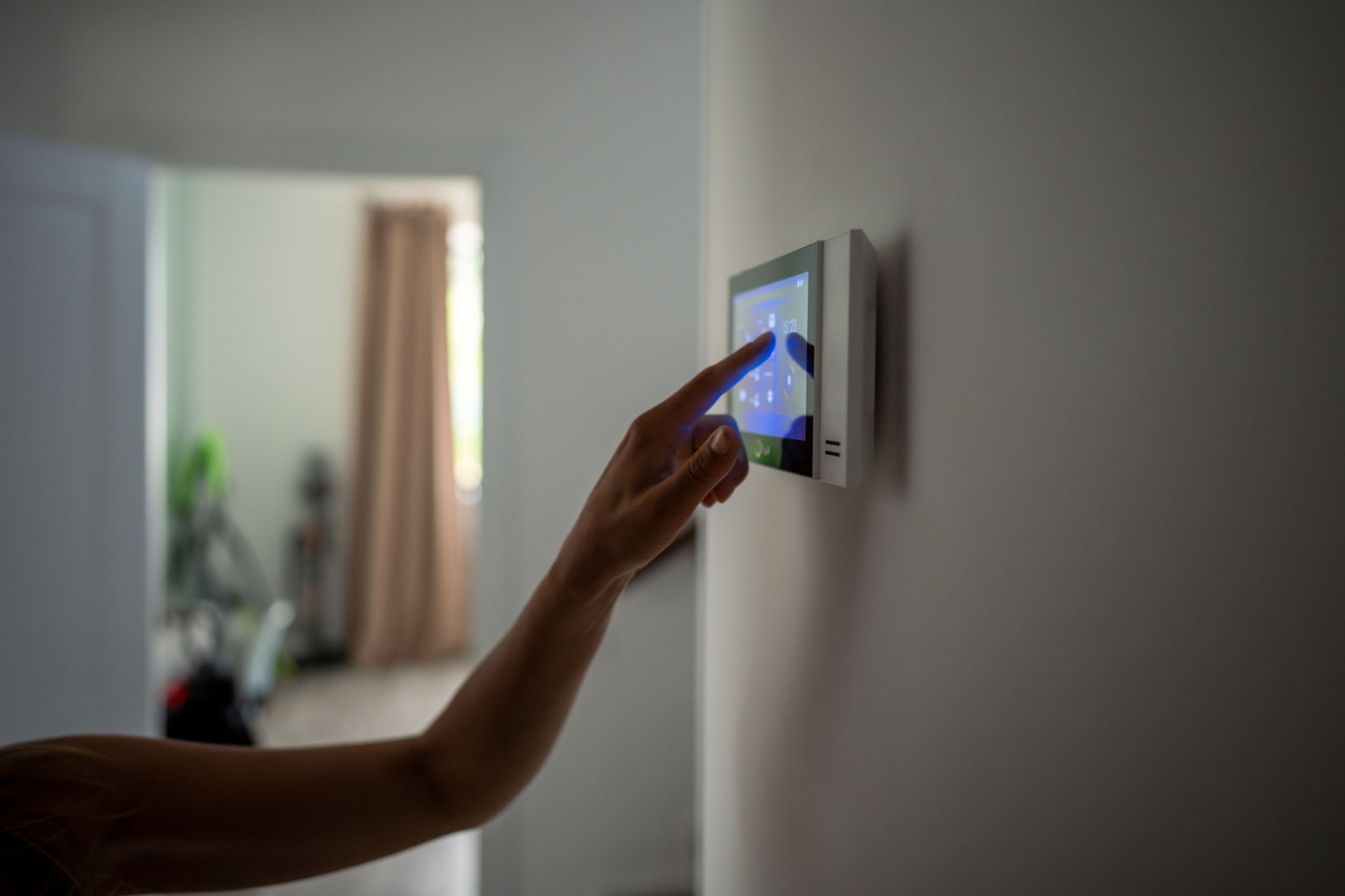Top Smart Home Construction Trends in the USA: What to Expect
Integration of IoT Devices
The integration of Internet of Things (IoT) devices continues to be a major trend in smart home construction across the USA. Homeowners are increasingly looking to connect everything from refrigerators to thermostats, allowing for more efficient energy use and greater convenience. This trend is not only about adding new devices but also ensuring they work together seamlessly to create a truly connected home environment.
Builders are now incorporating infrastructure that supports these technologies right from the construction phase. This means installing smart hubs and ensuring strong Wi-Fi connectivity throughout the house, which forms the backbone of a smart home. As more devices become available, homes are being designed to accommodate future technological advancements.

Energy Efficiency and Sustainability
Another significant trend in smart home construction is the focus on energy efficiency and sustainability. Homeowners are becoming more conscious of their environmental impact, leading to a demand for homes that are both smart and green. Builders are responding by incorporating solar panels, energy-efficient appliances, and smart lighting systems that optimize energy use.
These homes often feature advanced monitoring systems that allow residents to track their energy consumption in real-time and make adjustments as needed. The integration of such systems not only reduces utility bills but also contributes to a lower carbon footprint, making it a desirable option for those looking to invest in the future.

Voice Control and Automation
Voice control has become a staple in smart home technology, with virtual assistants like Amazon Alexa and Google Assistant leading the charge. The ability to control various aspects of the home through voice commands offers unparalleled convenience, allowing users to adjust lighting, play music, or even lock doors without lifting a finger.
Automation is another key component of this trend. Smart homes are increasingly being equipped with automation systems that learn and adapt to the homeowner’s habits. Whether it's adjusting the thermostat at certain times of the day or turning off lights when rooms are unoccupied, these systems provide a seamless living experience that enhances comfort and efficiency.

Enhanced Security Features
As smart home technology evolves, so does the emphasis on enhanced security features. Homeowners are prioritizing security systems that go beyond traditional alarms, opting for smart cameras, motion detectors, and video doorbells. These devices offer real-time alerts and remote monitoring capabilities, providing peace of mind whether you're at home or away.
Moreover, smart locks and access control systems are becoming popular additions, allowing homeowners to manage entry points via their smartphones. These features not only enhance security but also provide convenient access management for family members and temporary visitors alike.
Health and Wellness Integration
Health and wellness have become an integral part of smart home construction trends. Homeowners are seeking environments that contribute positively to their physical and mental well-being. Smart air purifiers, lighting that mimics natural daylight cycles, and temperature controls are being integrated into homes to promote healthier living spaces.
Additionally, some homes are incorporating technology that monitors air quality, humidity levels, and even sleep patterns. These innovations help create an environment that supports overall wellness, providing an added layer of comfort and health benefits to residents.

Customizable Living Spaces
The demand for customizable living spaces is another trend shaping smart home construction. Homebuyers want the ability to tailor their living environments to their personal preferences and lifestyles. Builders are responding by offering modular designs and flexible layouts that can easily adapt to changing needs.
This customization extends to technology as well, with many homes offering customizable interfaces for smart devices and systems. This allows homeowners to create personalized settings that enhance their daily routines and overall living experience.
